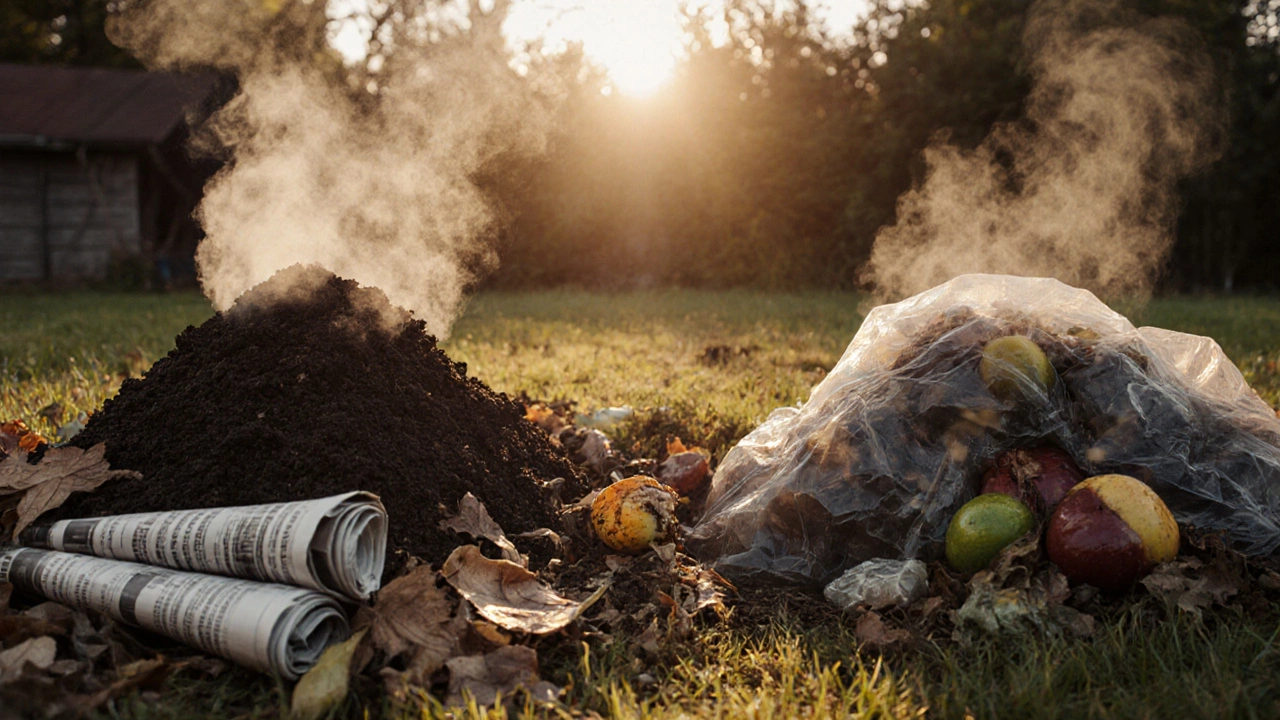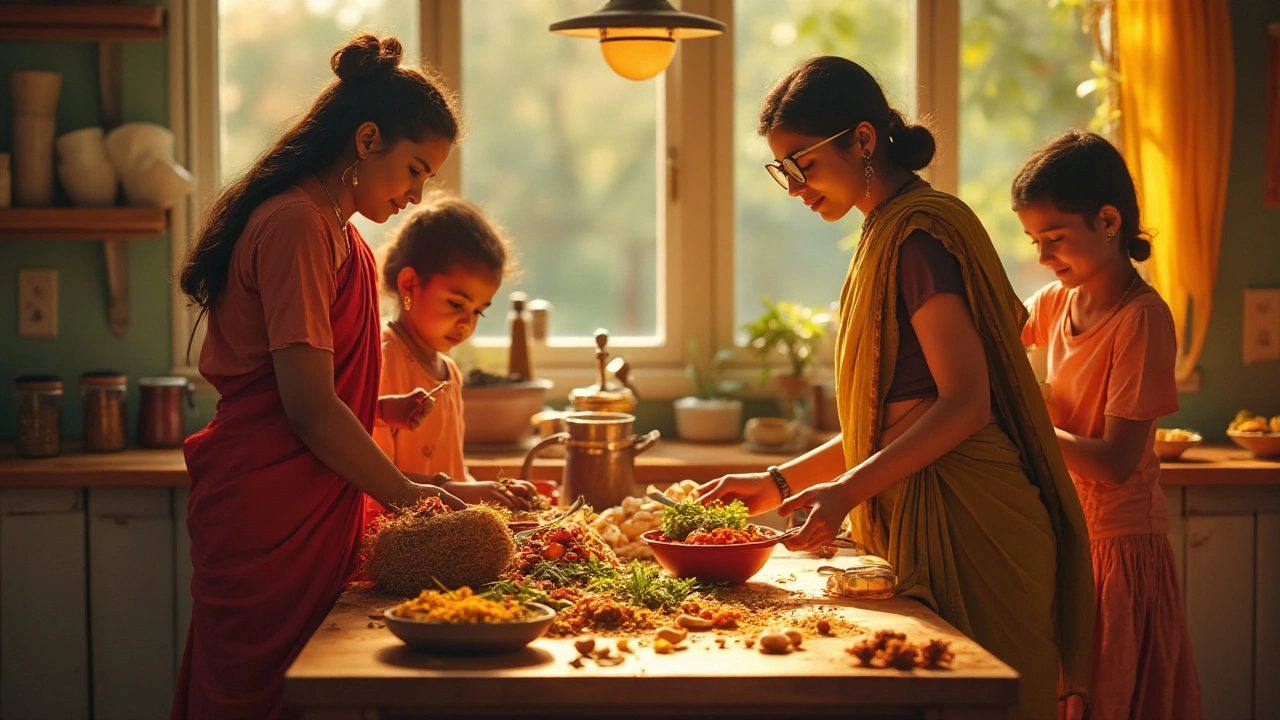Discover how to make the best homemade compost with simple recipes, step‑by‑step guides, and troubleshooting tips for faster, odor‑free results.
Homemade Compost: How to Make Nutrient-Rich Soil for Indian Gardens
When you make homemade compost, a natural process that turns kitchen and garden waste into dark, crumbly soil food. Also known as home composting, it’s one of the simplest ways to stop throwing away food scraps and start feeding your plants instead. You don’t need fancy equipment—just a bin, some brown and green materials, and a little patience. In India’s hot climate, compost breaks down faster than in colder regions, but it still needs the right balance. Too much wet waste? It stinks. Too dry? It won’t break down. The secret is mixing carbon-rich browns, like dry leaves, straw, or shredded paper with nitrogen-rich greens, like vegetable peels, coffee grounds, or grass clippings. Get that ratio right, keep it moist like a wrung-out sponge, and turn it every few days. In 4 to 8 weeks, you’ll have rich, dark compost ready to mix into your soil.
Why bother? Because store-bought fertilizers can’t match what homemade compost does. It doesn’t just add nutrients—it rebuilds soil structure. If your garden soil is heavy clay or baked hard by the sun, compost opens it up. Roots breathe better. Water stays longer. Earthworms come back. And you’re not just growing plants—you’re growing healthy soil. This matters most in Indian cities, where balcony gardens and terrace farms are growing fast. People are realizing they don’t need to buy expensive potting mixes when their kitchen scraps can do the job. Even in small spaces, a bucket compost system works. You can compost banana peels, tea bags, eggshells, and even crushed dried chilies. Just avoid meat, dairy, and oily foods—they attract pests and slow things down.
Homemade compost also connects you to the rhythm of the seasons. In monsoon, you’ll have more green waste. In winter, dry leaves pile up. You learn to store them, layer them, and use them when needed. It’s not magic—it’s science, done simply. And when you see your tomatoes grow bigger, your herbs stay greener, and your flowers bloom longer because of what you made yourself, you start seeing waste differently. You stop seeing trash. You start seeing soil.
Below, you’ll find real guides from Indian gardeners who’ve made this work—whether they’re composting on a balcony in Mumbai, turning cow dung into garden gold in Rajasthan, or fixing dense clay soil in Punjab. You’ll learn what to add, what to avoid, how to fix stinky piles, and how to use finished compost in your plants. No theory. No fluff. Just what works.
Creating your own compost can be a rewarding and eco-friendly endeavor, but not every kitchen scrap belongs in your compost pile. Some items can slow down composting, attract pests, or even introduce harmful toxins into your garden. Learning what to avoid is key to successful composting. Unearth the common misconceptions and practical advice to make your compost pile thrive.

